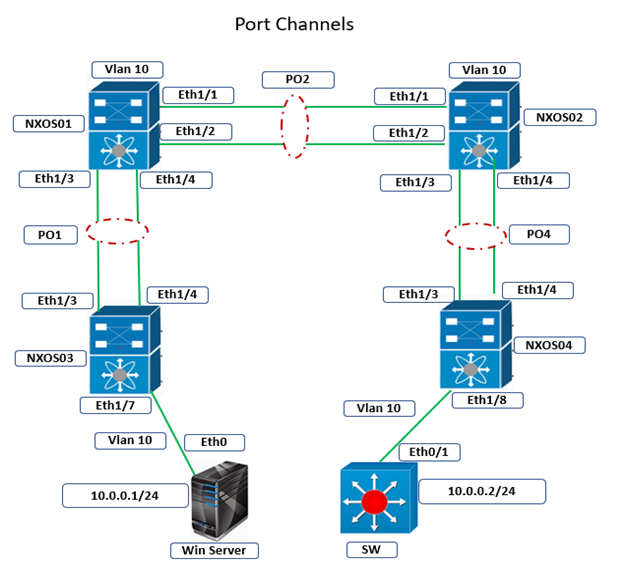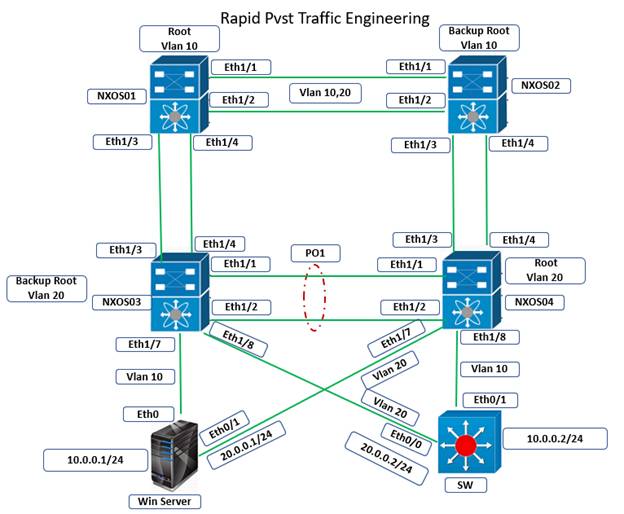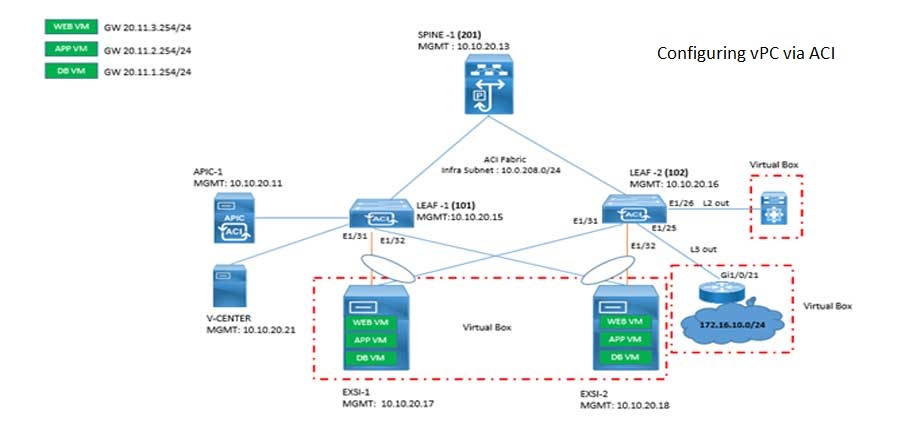
OSPF stands for Open Shortest Path First.
OSPF running routers learn routes from its neighbors dynamically therefore it is considered as dynamic routing protocol.
It is used to exchange routing information between routers within an Autonomous System (AS), so OSPF is also an Interior Gateway Routing Protocols for designing and building small, large and complex networks.
Table Of Content
1.0 What is OSPF?
2.0 What is OSPF Used for?
3.0 How OSPF Works?
4.0 How to Configure OSPF?
5.0 How to Authenticate OSPF Neighbors?
What is OSPF?
OSPF (Open Shortest Path First) is a type of routing protocol used in IP networks. It is a link-state protocol that provides fast convergence and efficient use of network bandwidth.
OSPF works by creating a map of the network, also known as a link-state database, and distributing it to all routers in the network. Every router utilizes this info to detect the least costly path to every other network in the system. This enables OSPF to swiftly come together and adjust to changes in the system, such as connection breakdowns or network reorganizations.
One of the main benefits of OSPF is allure scalability. It is fit upholding big and complex networks, making it an ideal choice for trade networks. OSPF is further agreeable accompanying many network types, containing point-to-point, broadcast, and non-broadcast networks.
Overall, OSPF is a widely used, established and well-judged routing protocol that offers fast convergence, provides efficient use of network resources, and scalability for large networks.
What is OSPF Used for?
OSPF (Open Shortest Path First) is widely used in enterprise networks, especially those with large or complex network structures. Some common use cases for OSPF include:
Campus networks: OSPF is often used in large campus networks to provide efficient and scalable routing.
Service provider networks: Service providers use OSPF to connect multiple customer networks and to route traffic between them.
Data center networks: OSPF is often used in data center networks to ensure fast and efficient routing between servers and storage devices.
Internet service provider (ISP) networks: ISPs use OSPF to route traffic between different points in their network and to connect to other service providers.
Military networks: OSPF is used in military networks to provide secure and efficient routing for mission-critical communications.
Generally speaking, OSPF is widely used in a variety of network environments because of its scalability, effective use of network resources, and aptitude to handle complicated network topologies.
How OSPF Works?
OSPF (Open Shortest Path First) is a type of routing protocol that works by creating a map of the network, called a link-state database, and distributing it to all routers in the network. Each router uses this information to determine the shortest path to every other network in the network.
Here’s a high-level overview of how OSPF works:
Link-State Advertisements (LSAs): Each router in the network periodically sends out LSAs to update the link-state database. LSAs contain information about the state of the links connected to the router and any changes to the network.
Link-State Database (LSDB): All routers in the network maintain a copy of the LSDB, which contains information about the state of all links in the network.
Shortest Path First (SPF) Algorithm: Each router uses the information in the LSDB to run the SPF algorithm and determine the shortest path to every other network in the network. This information is then used to update the router’s routing table.
Routing Table: The routing table contains information about the best path to every destination network in the network. When a router receives a packet, it looks up the destination address in its routing table and forwards the packet to the next hop on the best path to the destination.
Fast Convergence: If there is a change in the network, such as a link failure or a network reconfiguration, OSPF quickly updates the link-state database and runs the SPF algorithm to determine a new best path. This results in fast convergence and minimizes downtime in the network.
Overall, OSPF works by creating a map of the network, distributing it to all routers, and using this information to determine the best path to every destination. This results in efficient and fast routing in the network.
How to Configure OSPF?
To enable OSPF on a router, you can use the following steps:
Configure a unique router ID:
Router(config)# router ospf
Router(config-router)# router-id
Create an OSPF network:
Router(config-router)# network area
Verify the OSPF configuration:
Router# show ip ospf
Note: The exact commands and syntax may vary depending on the router vendor and model. You may also need to configure other OSPF options, such as authentication or cost, depending on your network requirements.
How to Authenticate OSPF Neighbors?
To authenticate OSPF on a router, you should always use MD5 authentication method which is highly secure though there are other methods such as simple password authentication but that is not recommended:
MD5 authentication:
Router(config)# router ospf
Router(config-router)# ip ospf message-digest-key md5
Router(config-router)# area authentication message-digest
Note: The exact commands and syntax may vary depending on the router vendor and model. It’s also recommended to use complex passwords for added security.
Comments (0)
Categories
Popular posts


Cisco Nexus Port Channel: Configuring ...
22 Apr 2024
Configure Rapid PVST on Cisco Nexus
5 Apr 2024
Palo Alto Exam Cost: PCNSA, PCNSE & More
28 Mar 2024
Cisco ACI VPC Configuration Task Steps
6 Jan 2024Recent posts

CCNA Course Syllabus: Topics Explained
23 Apr 2024
AWS Certification Path: Amazon Cloud
23 Apr 2024
Cisco Nexus Port Channel: Configuring ...
22 Apr 2024
SD-WAN Vendors Comparison: Choosing the ...
16 Apr 2024



